Home>Garden Essentials>How To Make Soil Mix For Cactus
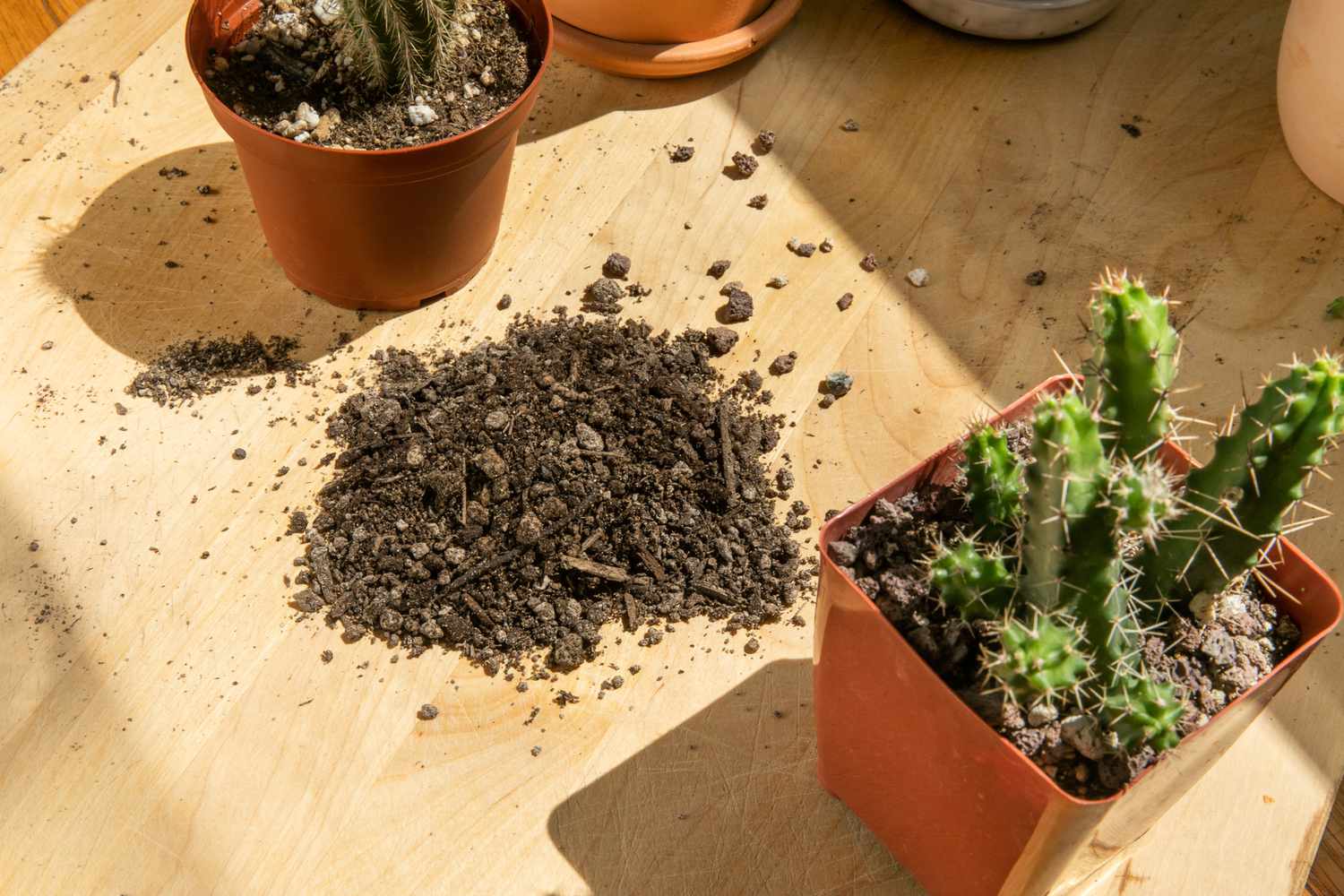

Garden Essentials
How To Make Soil Mix For Cactus
Modified: March 15, 2024
Discover how to make the perfect soil mix for cactus plants in your garden. Create a thriving cactus garden with our simple step-by-step guide.
(Many of the links in this article redirect to a specific reviewed product. Your purchase of these products through affiliate links helps to generate commission for Storables.com, at no extra cost. Learn more)
Introduction
Welcome to the wonderful world of cacti! These unique and resilient plants have captivated gardeners and plant enthusiasts for centuries. Their ability to thrive in harsh desert conditions makes them a popular choice for both indoor and outdoor gardens. But to ensure their success, it’s crucial to provide them with the right soil mix.
A well-draining soil mix specifically tailored to the needs of cacti is essential for their growth and overall health. The right soil will allow for adequate air circulation to the roots and prevent excess moisture that can lead to root rot.
In this article, we will guide you on how to make the perfect soil mix for your cacti, ensuring they get the best possible start in your garden or pot. We will discuss the essential ingredients, step-by-step instructions, and even how to adjust the soil mix for different cactus species.
So, if you’re ready to create the ideal environment for your cacti to thrive, let’s get started on making the perfect soil mix!
Key Takeaways:
- Creating the perfect soil mix for cacti involves balancing drainage and moisture retention. By using ingredients like potting soil, perlite, and sand, you can replicate the arid conditions cacti thrive in.
- Adjusting the soil mix for different cactus species, such as desert or jungle cacti, is essential. Understanding their unique preferences ensures an environment that promotes their overall health and well-being.
Read more: What Is A Cactus Soil Mix
Understanding the Soil Needs of Cacti
Before we delve into creating the perfect soil mix for cacti, it’s important to understand their unique soil requirements. Cacti are native to arid environments where the soil is sandy or gravelly and drains quickly. They have adapted to survive in these conditions by developing specialized root systems that efficiently absorb water. Therefore, replicating these conditions in your cactus soil mix is vital for their health and growth.
The key characteristic of cactus soil is its ability to provide excellent drainage. Cacti cannot tolerate soggy or waterlogged soil, as it can lead to root rot and other issues. A well-draining soil mix allows excess water to escape quickly, preventing waterlogged conditions and promoting healthy root development.
Another crucial aspect of cactus soil is its ability to retain just enough moisture for the plants to absorb. While cacti are known for their ability to survive long periods without water, they still require some moisture to maintain their health. The soil should strike a balance between draining excess water efficiently while retaining enough moisture for the roots to access.
Additionally, cacti prefer slightly acidic to neutral pH levels. A pH range of 6 to 7 is ideal for most cacti species. Soil that is too alkaline or acidic can hinder nutrient absorption and affect overall plant vigor.
Now that we have a basic understanding of the soil needs of cacti, let’s move on to the essential ingredients for creating a suitable cactus soil mix.
Essential Ingredients for Cactus Soil Mix
Creating the perfect soil mix for cacti requires a careful selection of ingredients that promote proper drainage, moisture retention, and nutrient availability. Here are the essential ingredients you’ll need:
- Potting soil: Start with a high-quality potting soil as the base of your cactus soil mix. Look for a well-draining mix specifically labeled for succulents or cacti. Avoid heavy, moisture-retentive soils meant for other plant types.
- Perlite: Perlite is a lightweight volcanic glass that helps improve soil drainage. Add perlite to your soil mix at a ratio of 1:1 or up to 50%. It creates air pockets within the soil, preventing it from becoming compacted and ensuring excellent drainage.
- Pumice: Pumice is another volcanic rock that can be used as an alternative to perlite. It has similar properties and aids in soil aeration and drainage. Add pumice in the same ratio as perlite, based on your preference and availability.
- Sand: Fine-grain sand, such as horticultural sand or builder’s sand, improves drainage and prevents soil compaction. Add sand to your mix in a ratio of 1:1 or up to 50%. Avoid using coarse or beach sand, as they may contain salts that can harm cacti.
- Organic matter: Adding organic matter to your cactus soil mix helps improve water retention while still allowing for proper drainage. You can use well-rotted compost or coconut coir in moderation, as excessive organic matter can retain too much moisture and lead to root rot.
These ingredients work together to create a well-draining soil mix that closely replicates the natural conditions in which cacti thrive. The potting soil provides a stable base, while perlite, pumice, and sand enhance drainage and prevent compaction. The addition of organic matter helps retain some moisture without creating a waterlogged environment.
Next, we’ll dive into a step-by-step guide on how to mix these ingredients and create your own cactus soil mix.
Step-by-Step Guide to Making Cactus Soil Mix
Creating a well-draining soil mix for your cacti is a simple process that requires a few basic steps. Follow this step-by-step guide to make your own cactus soil mix:
- Gather your ingredients: Collect the essential ingredients mentioned earlier – potting soil, perlite, pumice, sand, and organic matter (if desired).
- Choose a mixing container: Select a large container or bucket that is easy to work with and has enough capacity to hold all the ingredients.
- Measure the ingredients: Determine the desired ratio based on your preferences and the specific needs of your cacti. A 1:1 ratio of potting soil to drainage additives (perlite, pumice, and sand) is a good starting point.
- Add the potting soil: Pour the potting soil into the mixing container. If you’re using organic matter, you can add it at this stage as well.
- Incorporate the drainage additives: Slowly add the perlite, pumice, and sand to the potting soil. Use a trowel or your hands to mix the ingredients thoroughly. Aim for an even distribution of the additives throughout the soil.
- Check the consistency: Once all the ingredients are blended, check the consistency of the soil mix. It should be crumbly and well-aerated, allowing water to flow through easily.
- Test the moisture retention: Grab a handful of the soil mix and squeeze it lightly. It should hold its shape briefly but easily crumble apart when lightly tapped. Adjust the ratio of additives or organic matter as needed to achieve the desired moisture retention.
- Store the soil mix: Transfer the cactus soil mix to a clean, airtight container or sealable plastic bag for storage. Keep it in a cool and dry place until ready to use.
Congratulations! You have successfully created your own cactus soil mix. Now you can confidently pot your cacti using this specially formulated mix, providing them with the ideal growing medium for healthy and robust growth.
But before you start potting, it’s essential to test the pH level of your soil mix to ensure optimal conditions for your cacti. Let’s explore how to do that in the next section.
Tip: Mix 1 part potting soil, 1 part perlite, and 1 part coarse sand to create a well-draining soil mix for cactus. This will help prevent root rot and provide the right environment for healthy cactus growth.
Testing the pH Level of the Cactus Soil Mix
Testing the pH level of your cactus soil mix is an important step to ensure that the acidity or alkalinity of the soil is within the preferred range for cacti. By doing so, you can make any necessary adjustments to provide the optimal pH conditions for your plants.
There are several methods you can use to test the pH level of your soil mix:
- pH test kits: pH test kits are readily available at garden centers and online. These kits usually come with testing strips or a liquid reagent. Collect a small sample of your soil mix, follow the kit’s instructions, and compare the resulting color or numerical value with the pH scale provided.
- pH meters: pH meters are more accurate and precise compared to test kits. They feature a probe that measures the pH level directly. Insert the probe into a sample of your soil mix, following the manufacturer’s instructions, and note the pH reading on the meter’s display.
- Testing labs: If you prefer a more detailed and professional analysis, you can send a sample of your soil mix to a testing laboratory. They will provide you with a comprehensive report, including the pH level and other soil properties.
Once you have determined the pH level of your cactus soil mix, compare it with the preferred range for cacti. Most cacti prefer a slightly acidic to neutral soil, with a pH range of 6 to 7. If the pH level is outside this range, you can make adjustments to bring it within the desired parameters.
If the soil mix is too acidic (below a pH of 6), you can add small amounts of limestone or dolomite lime to gradually increase the pH. Mix the lime thoroughly into the soil and retest the pH level until it reaches the desired range.
Conversely, if the soil mix is too alkaline (above a pH of 7), you can add acidifying substances such as sulfur or aluminum sulfate. Again, mix well and retest until the pH falls into the recommended range.
Remember to make incremental adjustments and retest the pH level to avoid overcorrecting and creating pH extremes that may harm your cacti. Once the pH is adjusted and falls within the preferred range, you’re ready to pot your cacti and provide them with a perfectly balanced soil mix.
However, different cactus species may have specific soil requirements. Let’s explore how to adjust the soil mix for different cactus species in the next section.
Read more: How To Make Potting Soil Mix
Adjusting the Soil Mix for Different Cacti Species
While a general cactus soil mix works well for most cacti, certain species may have specific soil requirements based on their natural habitat. Some cacti prefer soil mixes that mimic the conditions of their native environments more closely. Here are a few adjustments you can make to the soil mix for different cactus species:
- Epiphytic cacti: Epiphytic cacti, such as Rhipsalis and Epiphyllum, are naturally found growing on trees or rocks. They prefer a slightly different soil mix. Add a higher amount of organic matter to the soil mix, such as well-rotted leaf mold or orchid bark. This helps mimic the detritus and nutrients they would find in their natural habitat.
- Desert cacti: Desert cacti, like the iconic Saguaro or Barrel cactus, thrive in extremely arid environments. They require a soil mix with excellent drainage and minimal moisture retention. Increase the ratio of perlite, pumice, and sand in the mix to ensure rapid water drainage and prevent waterlogged conditions.
- Jungle cacti: Jungle cacti, such as Christmas cacti or Hatiora, are native to tropical rainforests with high humidity levels. These cacti prefer a soil mix that retains more moisture. Adjust the mix by increasing the amount of organic matter or coconut coir. This helps provide some moisture retention without sacrificing good drainage.
When repotting cacti or introducing them to a new soil mix, research the specific soil needs of the species you’re working with. Some cacti may have unique preferences that differ from the general guidelines mentioned above. It’s always a good idea to refer to reputable sources or consult with experienced cactus enthusiasts for specific recommendations.
By adjusting the soil mix to meet the individual needs of different cactus species, you create an environment that closely resembles their natural habitat, promoting their overall health and well-being.
Now that you know how to adjust the soil mix for different cactus species, let’s move on to maintaining and reusing the cactus soil mix.
Maintaining and Reusing Cactus Soil Mix
Maintaining and reusing cactus soil mix is not only environmentally friendly but also helps save time and resources. With proper care, you can ensure the longevity and performance of your soil mix for multiple planting seasons. Here are some tips for maintaining and reusing cactus soil mix:
- Inspect the soil mix: Before reusing the soil mix, inspect it for any signs of contamination or plant diseases. Remove any debris, weeds, or pests that may have found their way into the mix.
- Sterilize the soil mix: To eliminate any potential pathogens or pests, you can sterilize the soil mix. Spread it out on a baking sheet and bake it in the oven at 180°F (82°C) for about 30 minutes. Allow the soil to cool before using it again.
- Amend the soil mix: Over time, the components of the soil mix may break down or become compacted. Before reusing the soil mix, consider amending it with fresh ingredients. Add some fresh potting soil, perlite, or sand to ensure the proper balance of drainage and moisture retention.
- Revitalize the soil mix: To revitalize the soil mix and replenish its nutrient content, you can incorporate some slow-release fertilizers or organic amendments like compost or worm castings. Mix these additions into the soil thoroughly, ensuring even distribution.
- Store the soil mix properly: When not in use, store the cactus soil mix in a clean, airtight container or sealable plastic bag. Keep it in a cool and dry place to maintain its quality and prevent any moisture or pest issues.
- Monitor moisture levels: Before repotting your cacti with the reused soil mix, check its moisture levels. If the mix feels excessively dry, lightly moisten it with water to rehydrate it. Conversely, if it feels too moist, allow it to dry out before using it.
- Observe plant health: After repotting your cacti with the reused soil mix, monitor their health and growth. If you notice any signs of stress, such as wilting or yellowing, it may indicate a need for fresh soil mix or additional amendments.
While reusing soil mix is beneficial, it’s important to note that over time, the structure and composition of the mix may deteriorate. Eventually, you may need to replace the soil mix entirely to ensure the best growing conditions for your cacti.
By following these guidelines for maintaining and reusing cactus soil mix, you can extend its usefulness, reduce waste, and provide your cacti with a consistent and well-balanced growing medium.
Now that you’re equipped with the knowledge of making, adjusting, maintaining, and reusing cactus soil mix, you can confidently nurture your cacti and create an optimal environment for their growth. Happy gardening!
Conclusion
Creating the perfect soil mix for your cacti is a crucial step towards their success and longevity. Understanding their unique soil needs and providing them with a well-draining and balanced growing medium will significantly impact their overall health and growth.
By incorporating essential ingredients such as potting soil, perlite, pumice, sand, and organic matter, you can create a cactus soil mix that replicates the arid conditions of their natural habitats. Adjusting the soil mix for different cactus species based on their specific preferences further enhances their growing environment.
When making your cactus soil mix, follow the step-by-step guide and test the pH level to ensure optimal conditions. This will provide the ideal foundation for your cacti to thrive and flourish.
Maintaining and reusing cactus soil mix not only helps conserve resources but also preserves the balance and quality of the mix over time. By inspecting, sterilizing, and amending the soil mix, you can extend its usability while ensuring it remains nutrient-rich for your plants.
Remember to store the soil mix properly and monitor moisture levels before repotting your cacti. Observe the health of your plants and make adjustments as needed to provide them with the best possible growing conditions.
With the knowledge and techniques shared in this article, you can confidently create and maintain a cactus soil mix that promotes the growth, health, and beauty of your cacti collection.
So, go ahead and get your hands dirty as you embark on this journey of cultivating stunning and resilient cacti in a soil mix that is tailor-made for their unique needs. Enjoy the beauty and rewards of nurturing these fascinating plants in your garden or as part of your indoor plant collection.
Frequently Asked Questions about How To Make Soil Mix For Cactus
Was this page helpful?
At Storables.com, we guarantee accurate and reliable information. Our content, validated by Expert Board Contributors, is crafted following stringent Editorial Policies. We're committed to providing you with well-researched, expert-backed insights for all your informational needs.
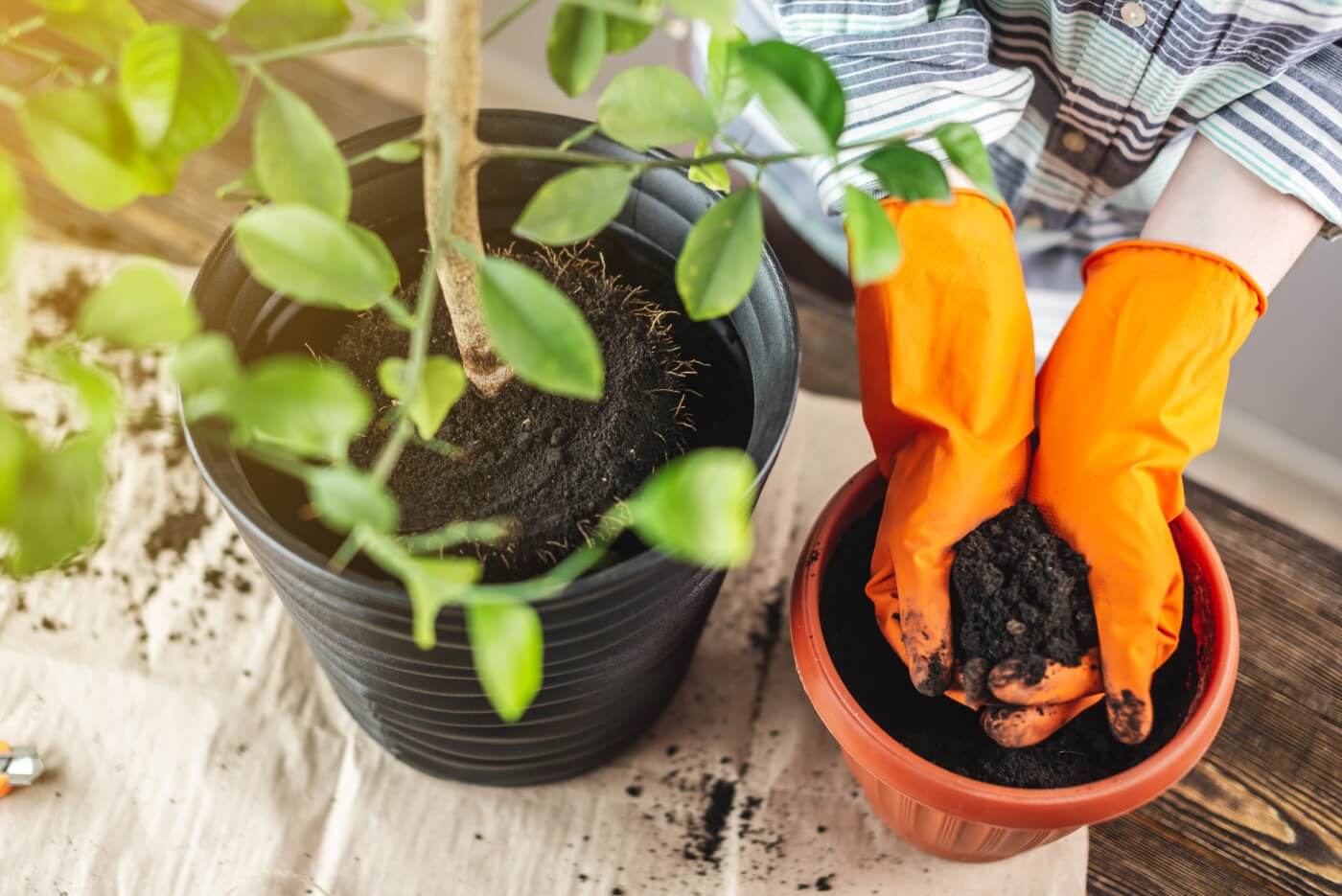
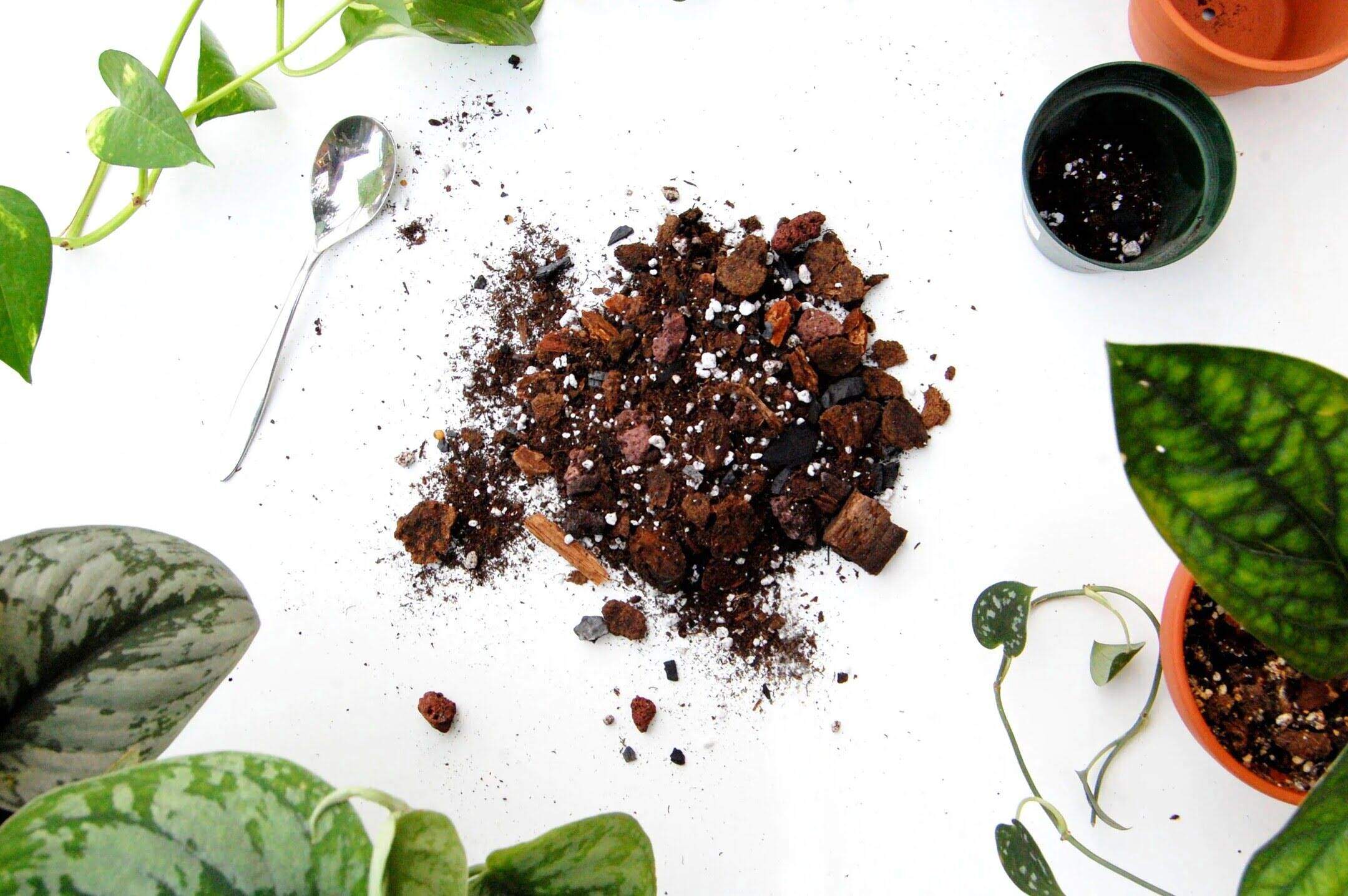
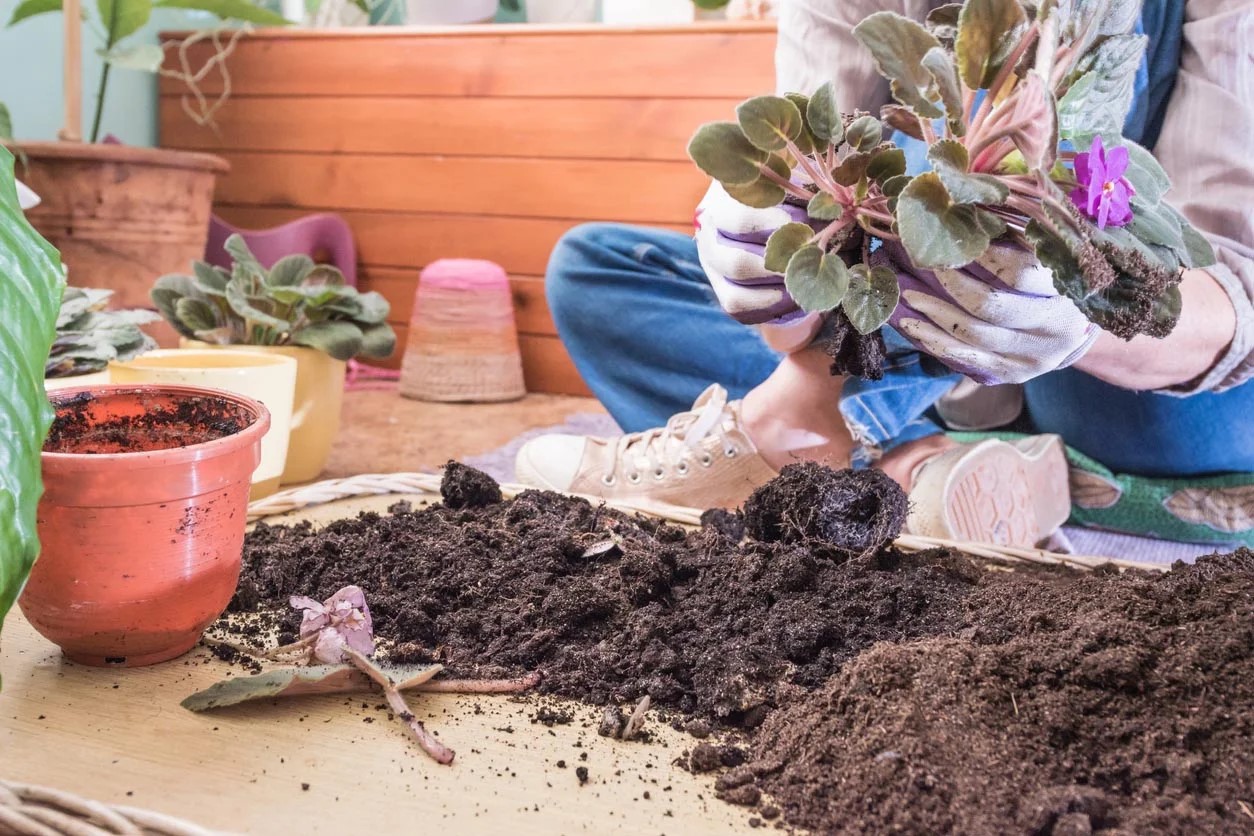
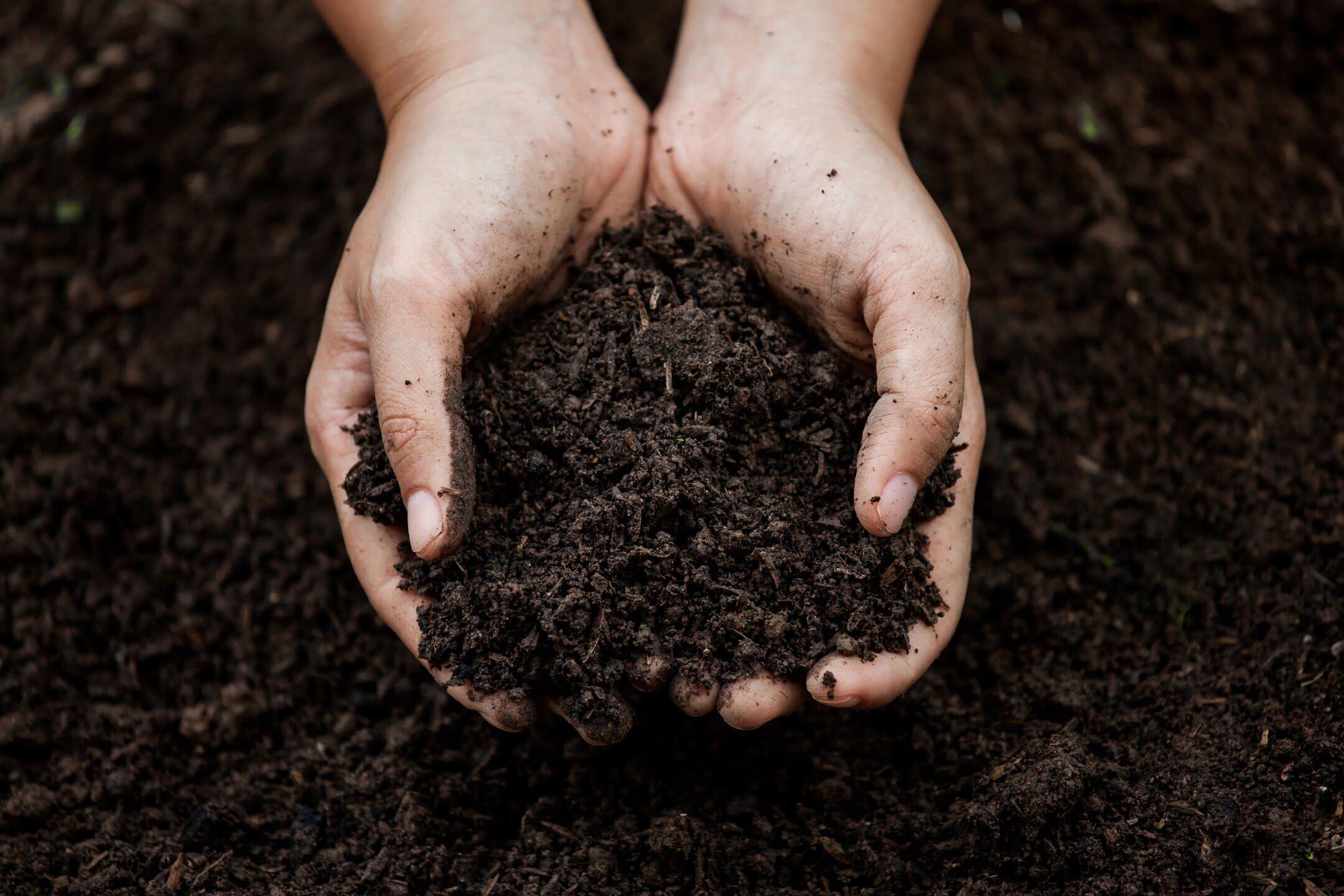
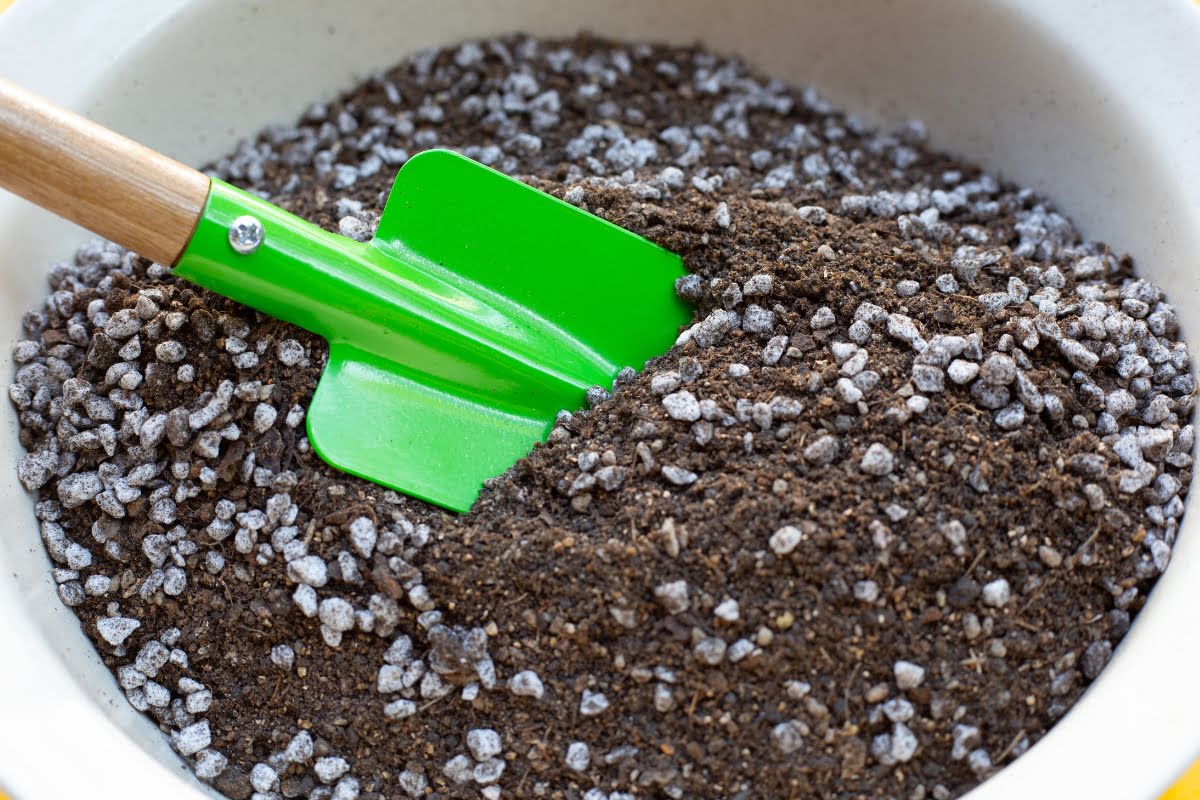
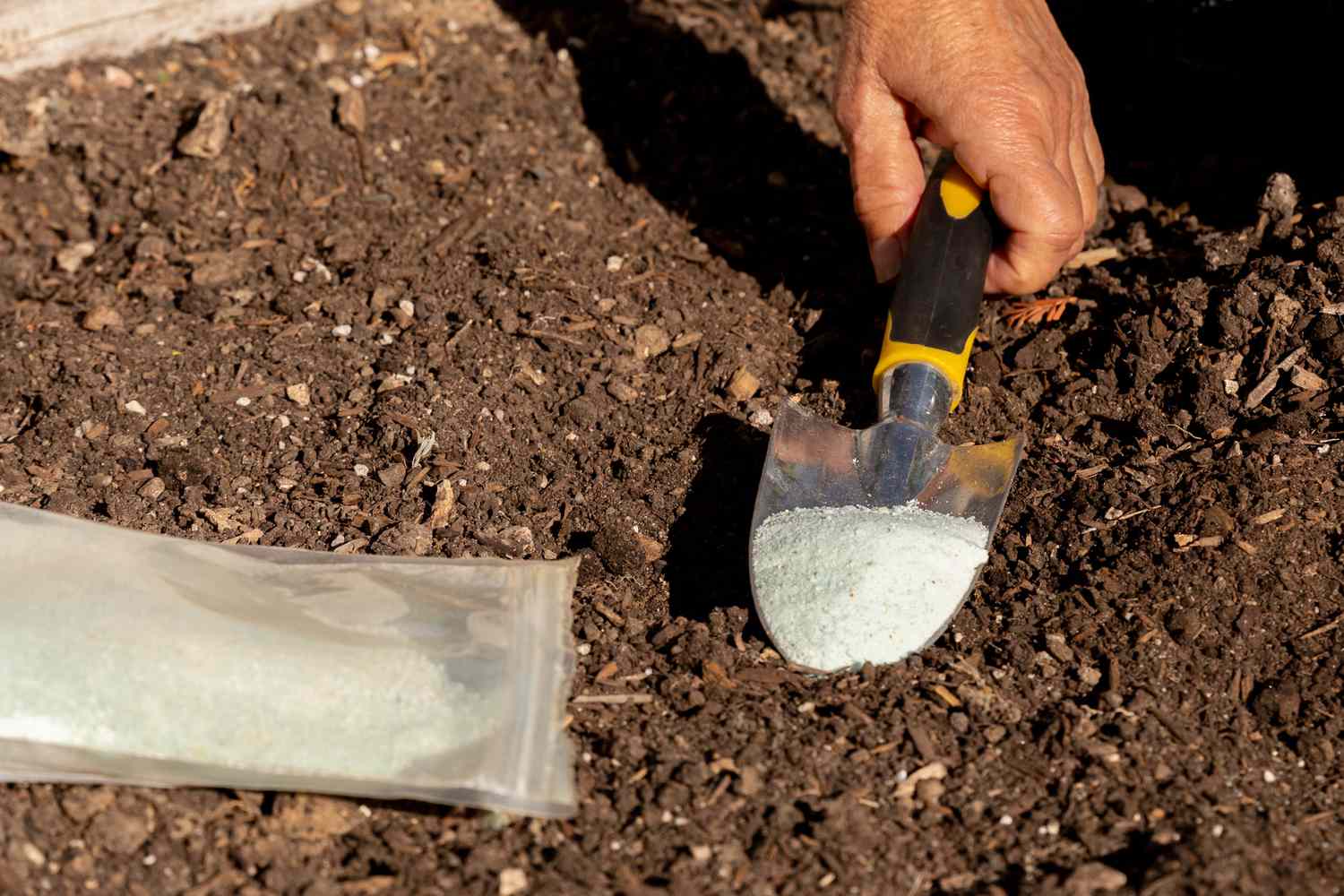
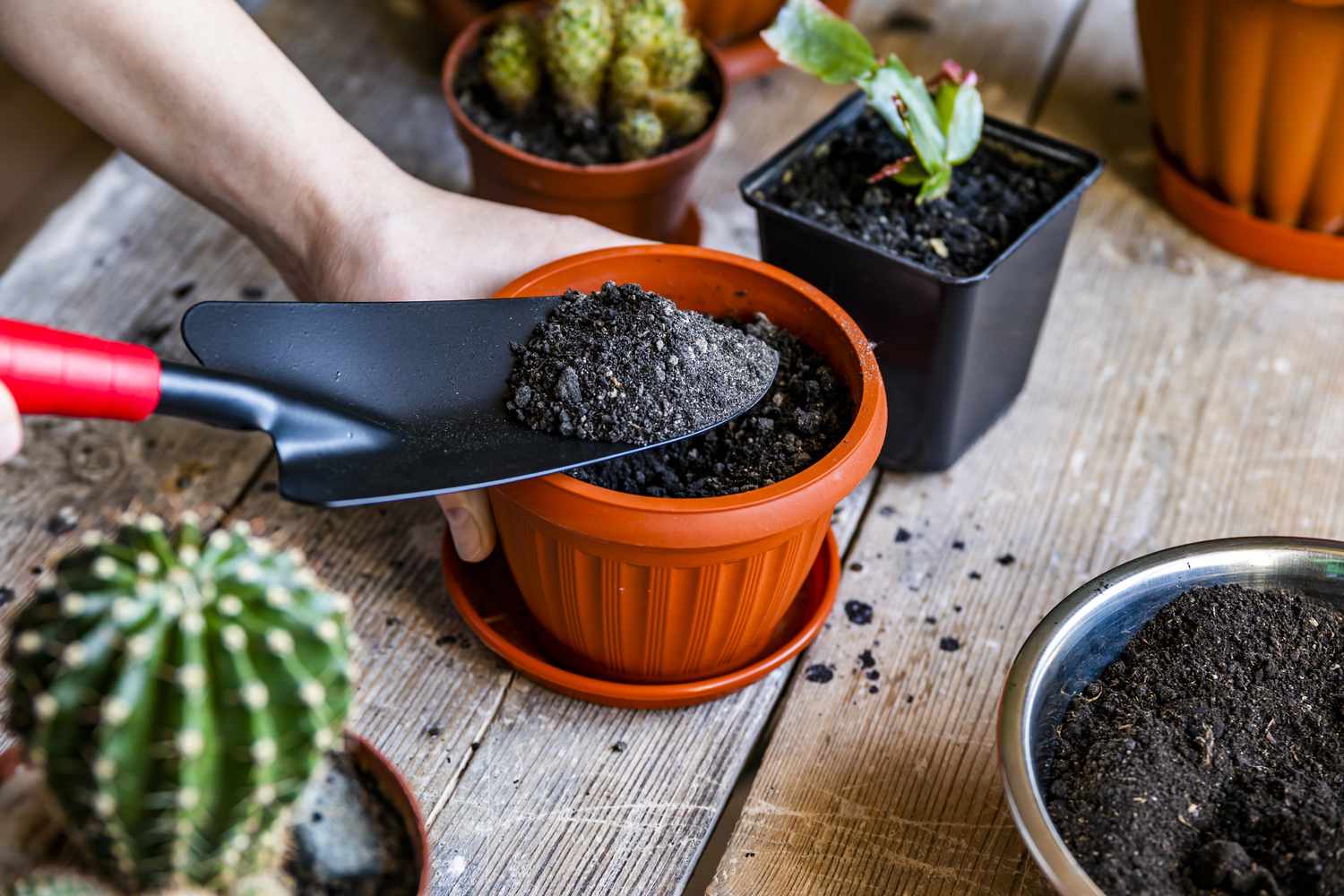
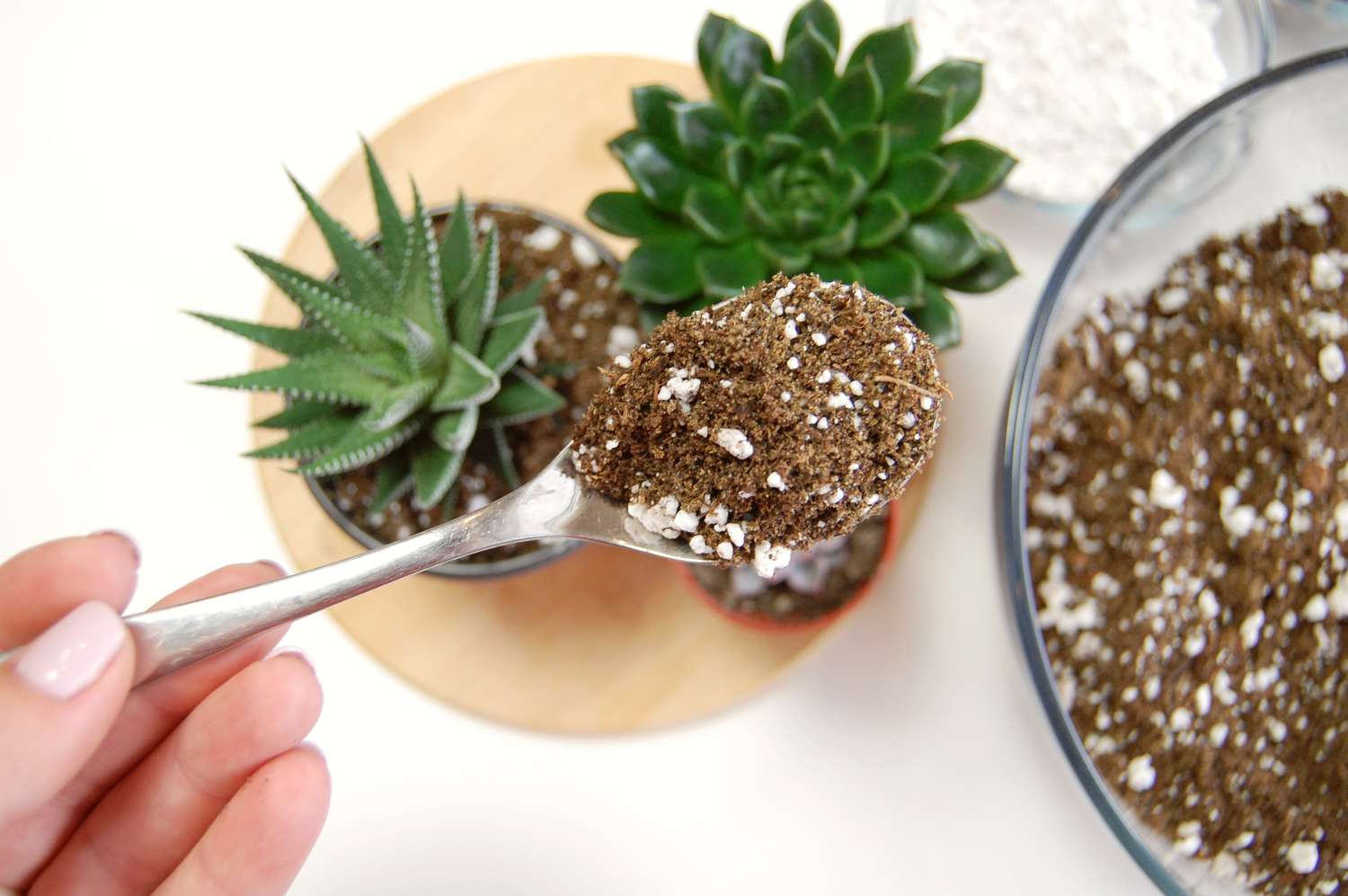
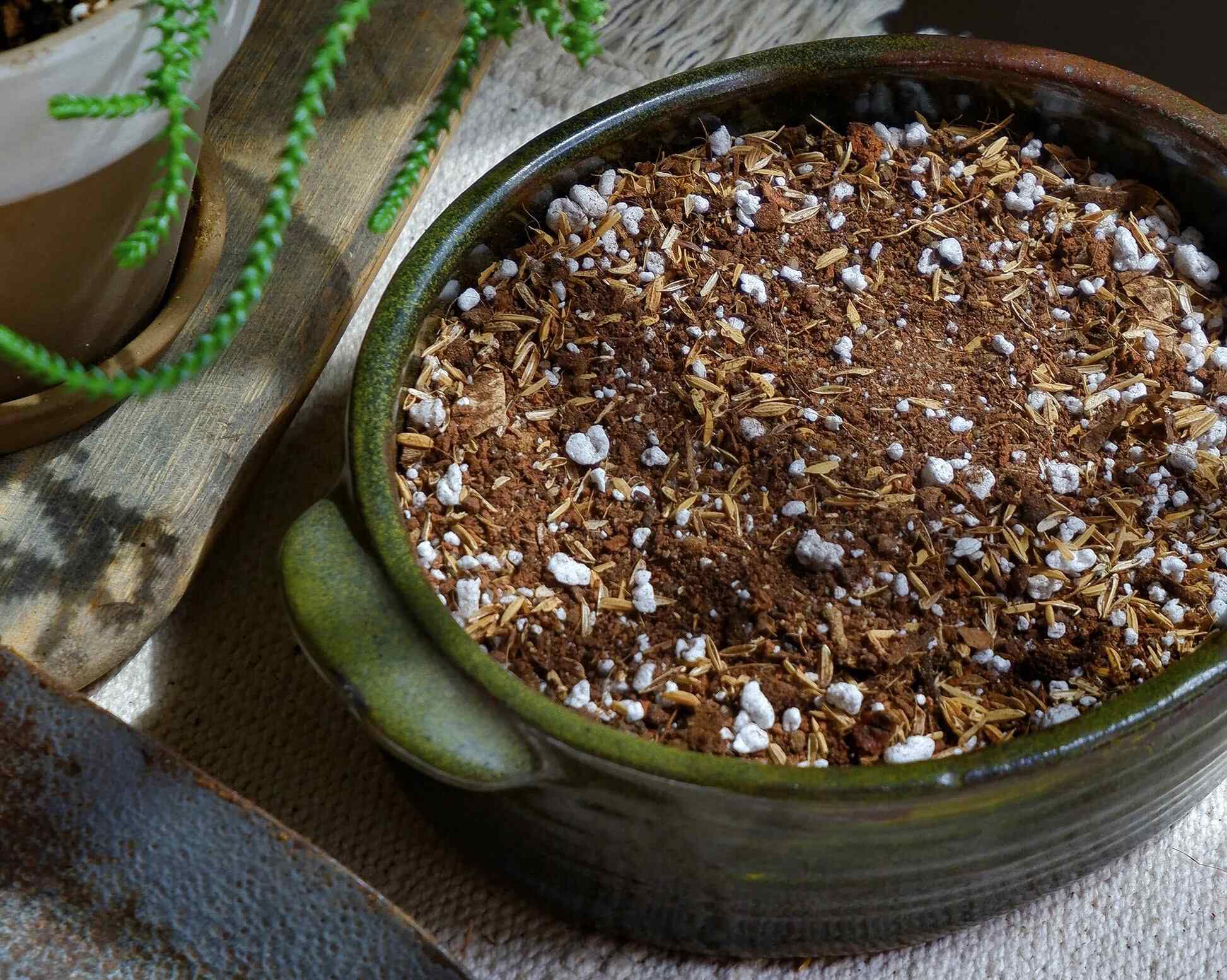

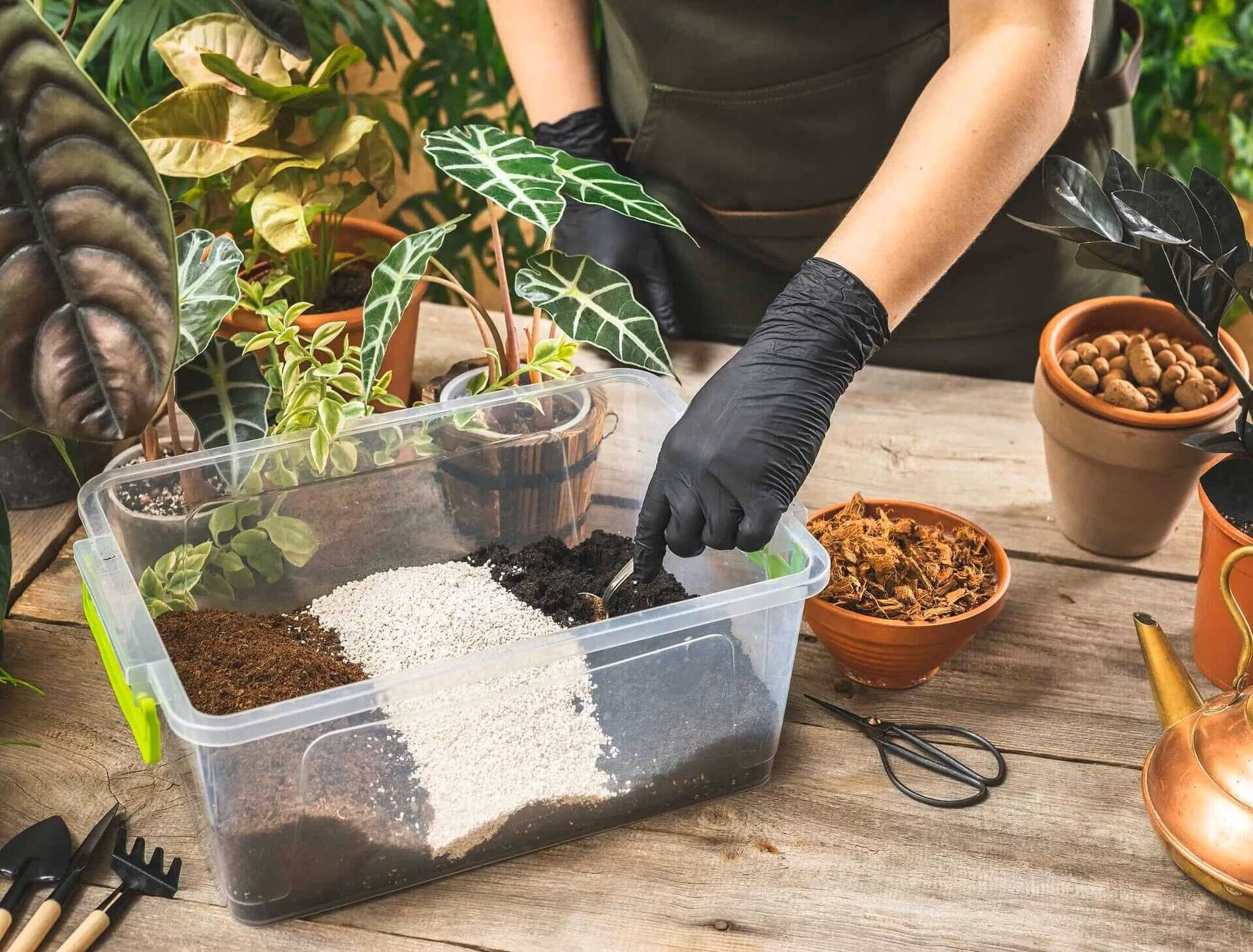

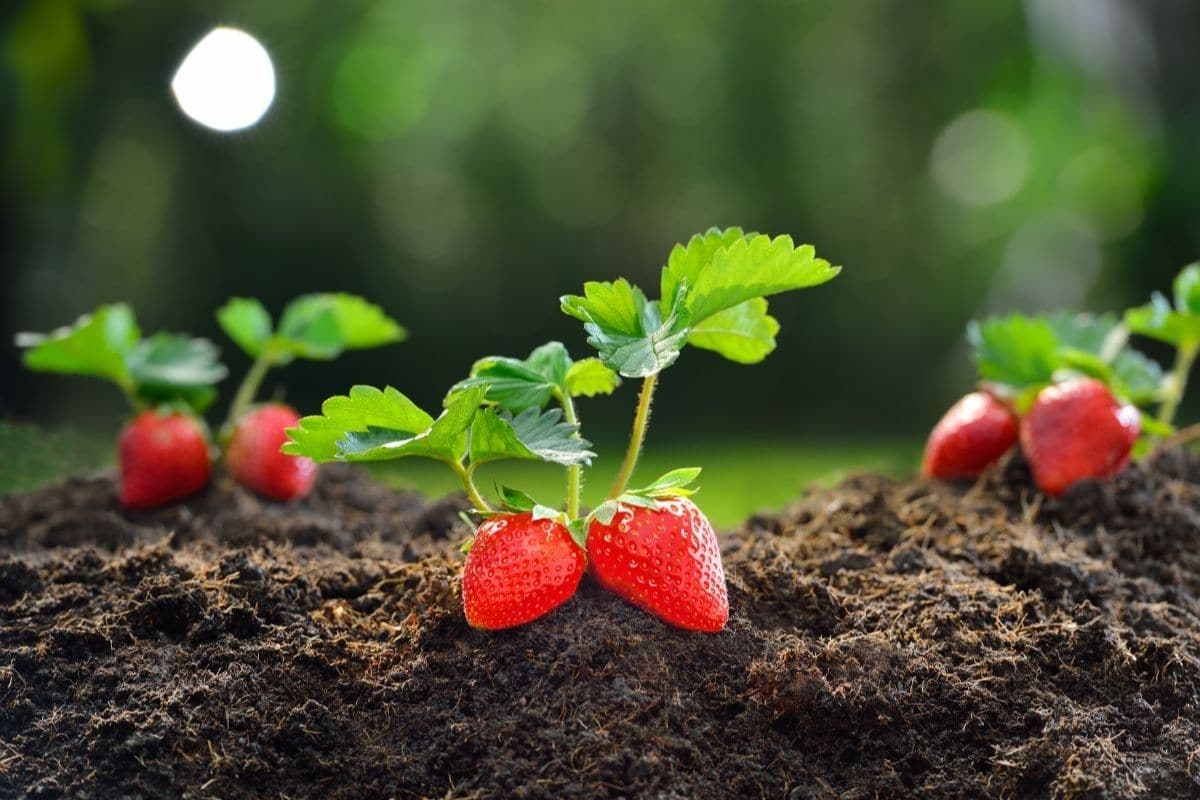
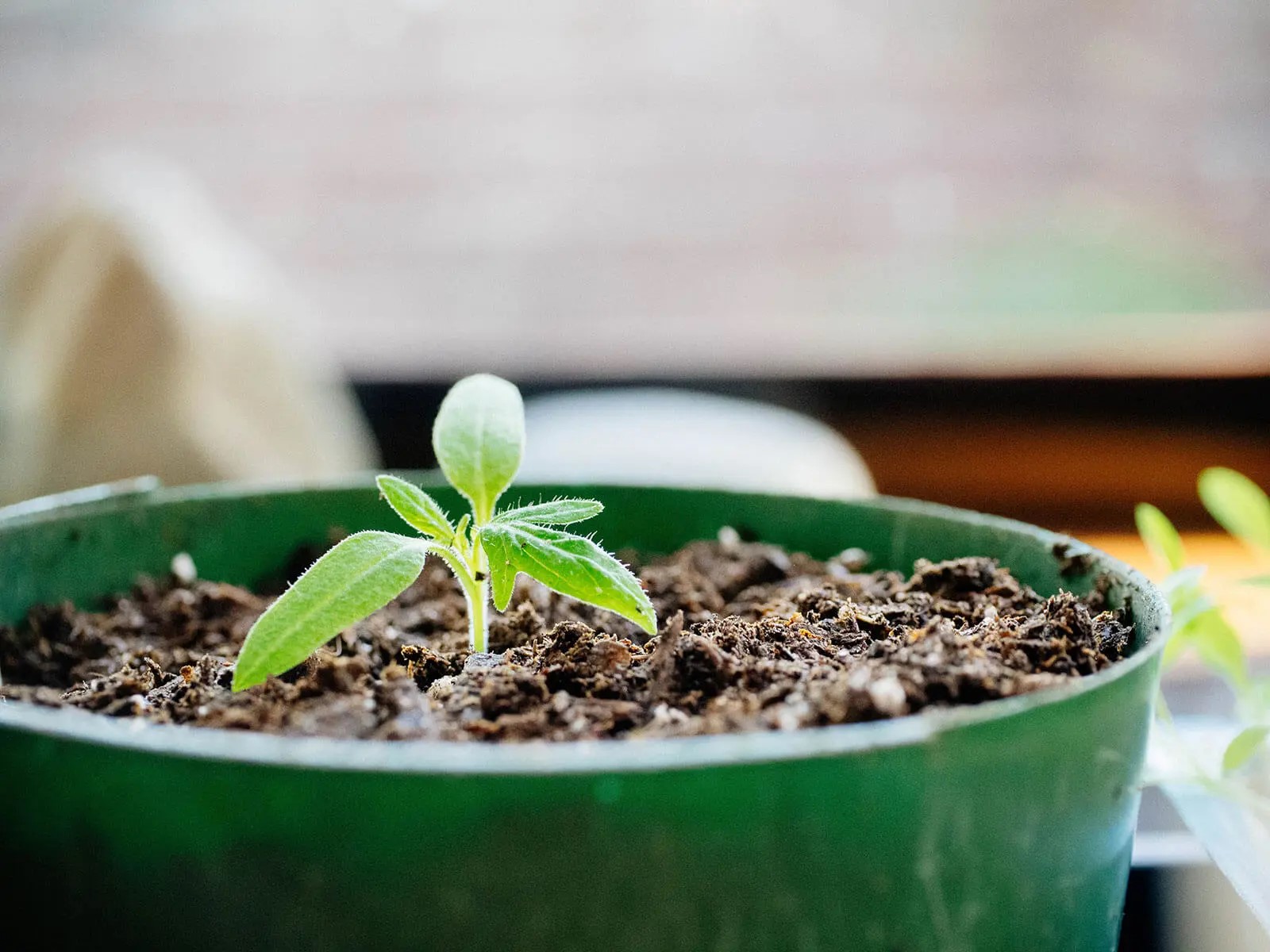

0 thoughts on “How To Make Soil Mix For Cactus”